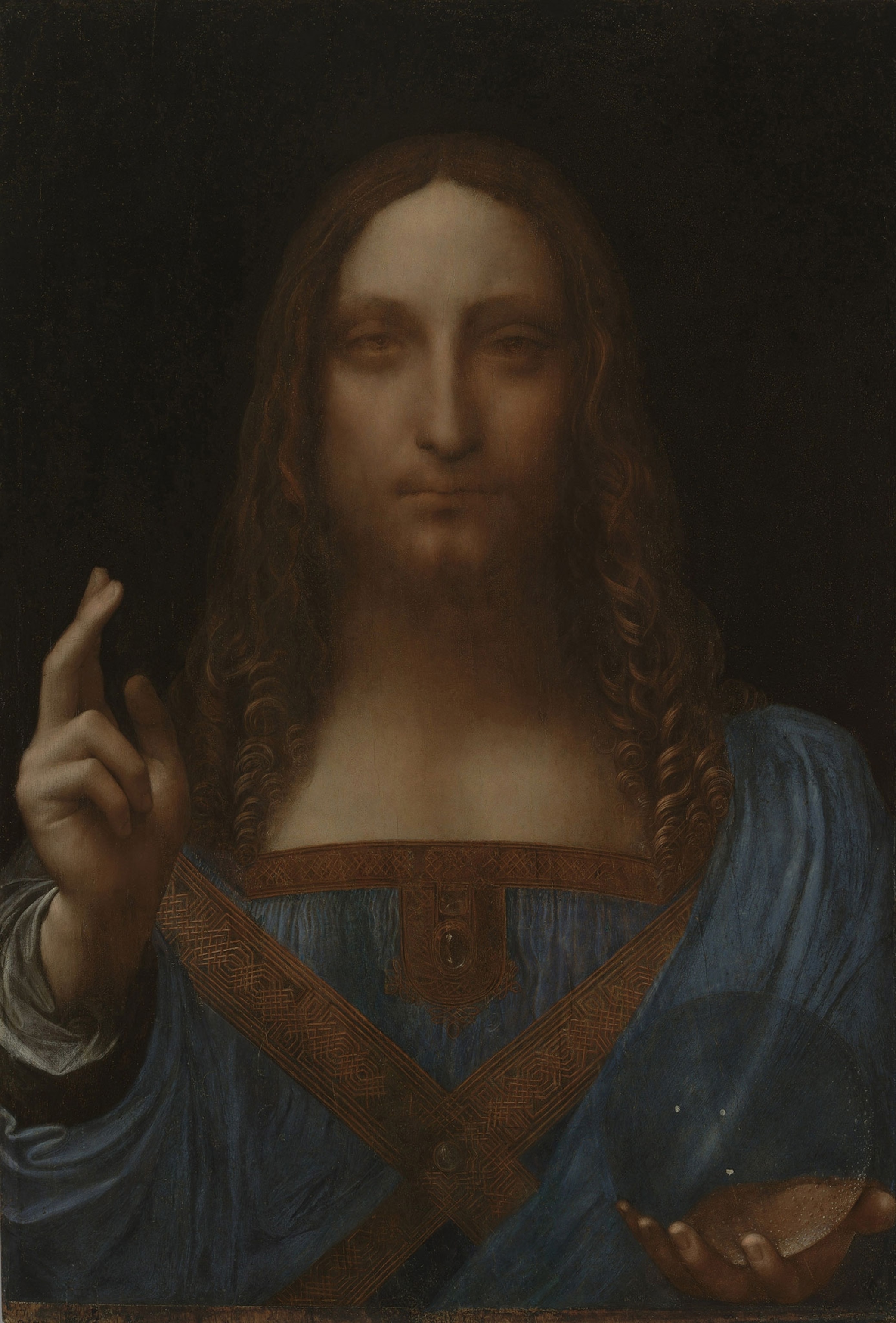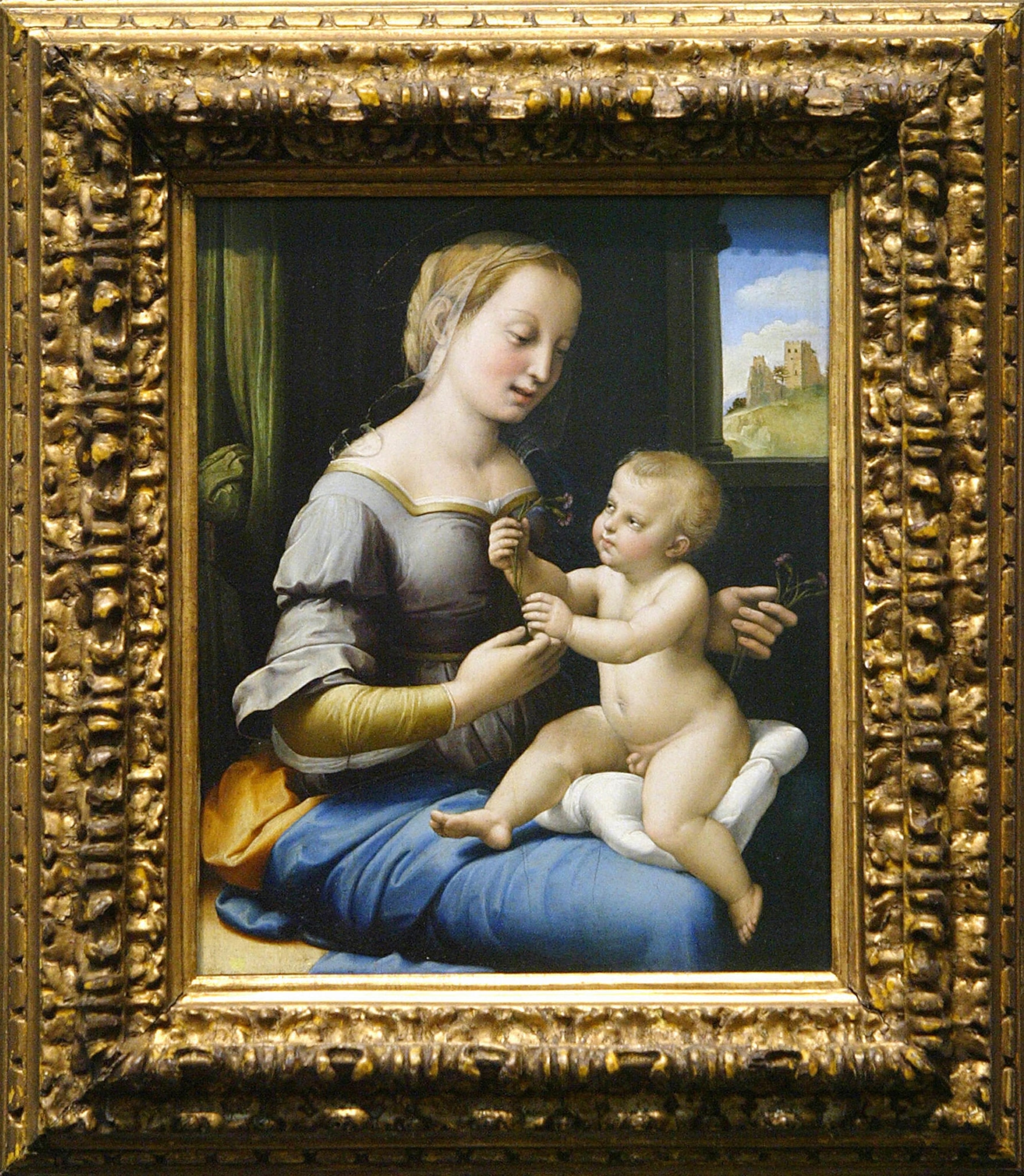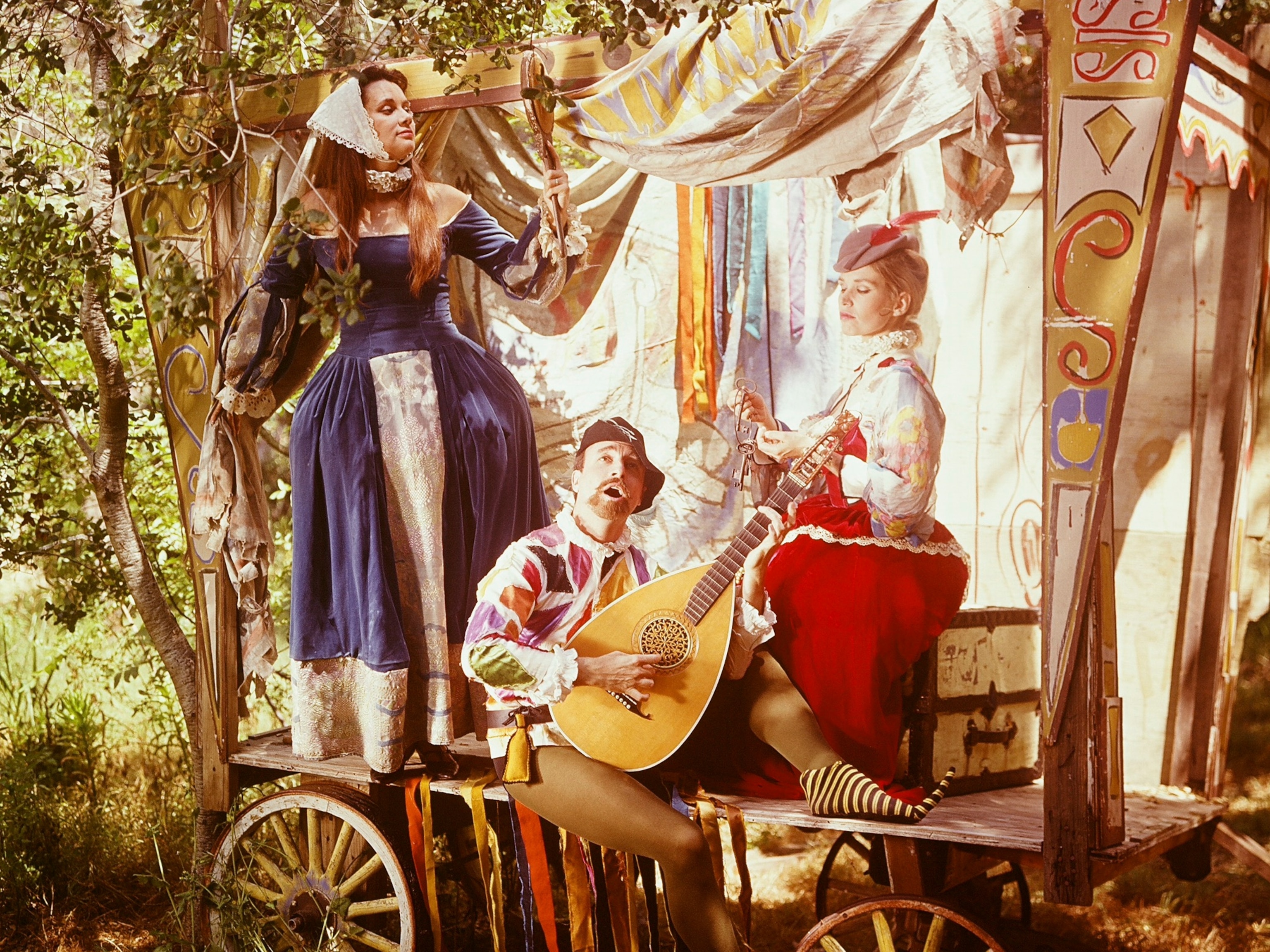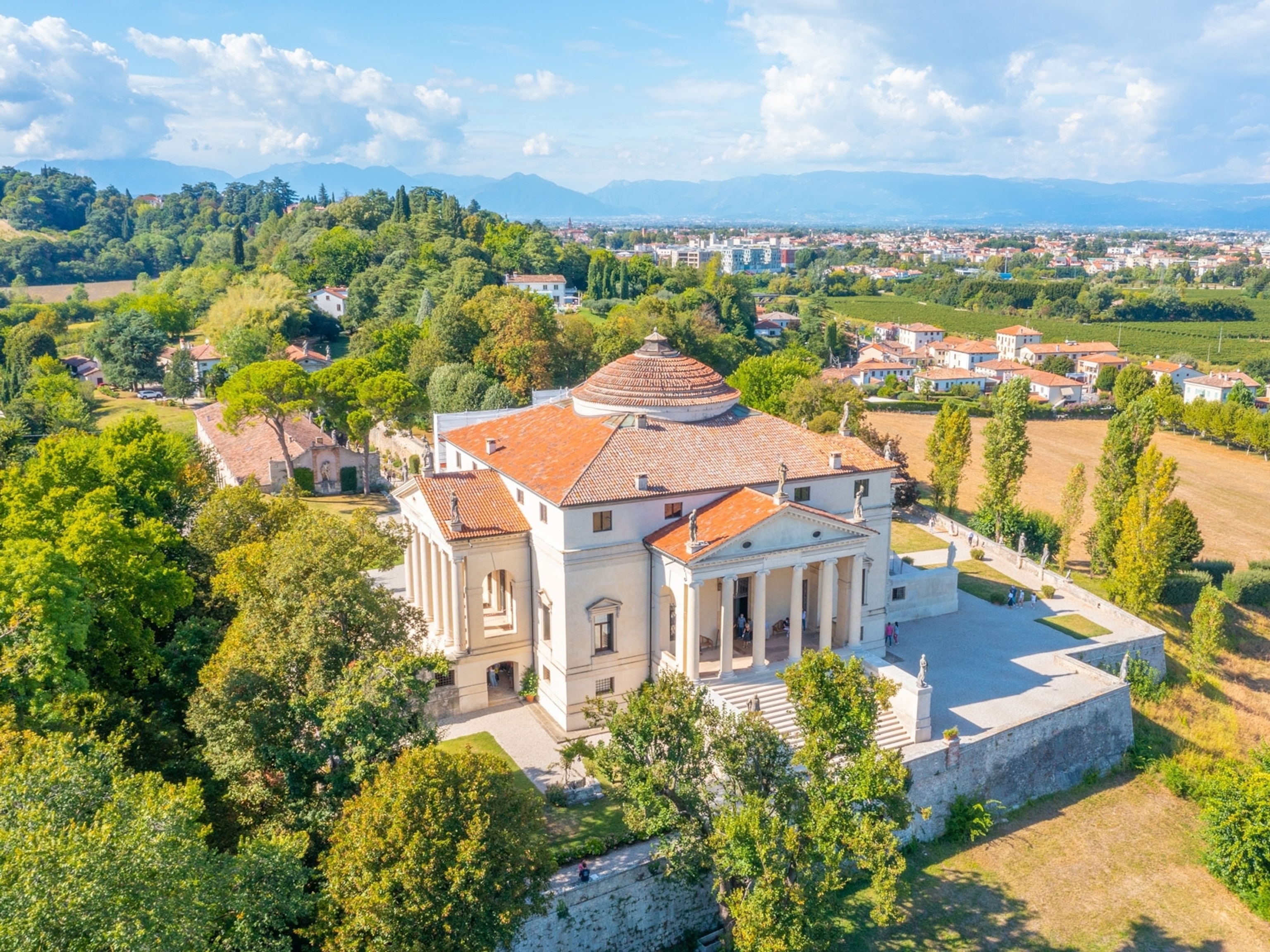
How Do You Find a ‘Lost’ Masterpiece?
Sometimes a Leonardo or a Donatello is right in front of you.
On the Friday before Halloween, a ghostly artifact will go on view in New York City—a “lost” statue by Donatello, one of the most famous artists of the Renaissance.
The statue joins the list of other so-called lost Renaissance and Baroque art to surface in the past few decades, including a statue by Michelangelo and a painting by Artemisia Gentileschi, one of the few known female artists of the Baroque period. In 2011, experts even unveiled a lost painting by the original Renaissance man, Leonardo da Vinci.

These pieces weren’t “lost” because they were buried underground or hidden in secret chambers. In cases like the Donatello statue and the da Vinci painting, they were already part of an art collection. Though Donatello and da Vinci were historically known to have made works that looked like these, the statue and painting themselves were thought to have been made by other artists.
So, how did experts rediscover them?
“The situation of attribution in art history is chaotic,” says Martin Kemp, Emeritus Research Professor in the History of Art at Oxford University. “There are no recognized protocols and different people rely upon different criteria … The whole process of attribution is, I think, a professional mess.”
Still, within this “professional mess,” there are dedicated scholars who use a range of criteria—scientific, historical, and artistic—to bring Old Masters back to life.
An Original Copy
As an art expert and someone who knows quite a lot about da Vinci, Kemp says that he is “assailed with new Leonardos every day of the week, virtually.” But a few years ago, he was called to examine a painting that most experts now consider to be the real thing.
Salvator Mundi, or “Savior of the World,” is a painting known to have been made by da Vinci and copied by many others. Over 20 of these copies have been identified, but, until recently, the original had never been found.

Because da Vinci’s original Salvator Mundi was dirty and badly overpainted (an old restoration technique in which someone would paint over chipped areas), it was thought to be a copy when Robert Simon, president of Robert Simon Fine Art, first saw it.
As the painting was cleaned, and its true quality became visible, Simon began to suspect otherwise.
X-rays and infrared imaging revealed a remarkable clue: the artist had originally painted one of Christ’s fingers in a different position, and later changed his mind and painted over it. The discovery was significant because “in all the copies of the painting, [the finger] follows the finished position,” says Simon.
The revelation suggested that this was the original work that the copies were based on.
A Collection of Clues
It wasn’t just the finger that convinced Simon and others that the work was an original da Vinci. Experts performed infrared reflectology scans and scientific tests; and scholars like Kemp weighed in on the quality and history of the painting. It wasn’t any one clue, but rather the totality of evidence, that made this painting a lost-and-found Leonardo.
Other lost pieces have been discovered through a similar accumulation of clues. In 1991, experts identified Raphael’s Madonna of the Pinks, formerly thought to be a copy, by using infrared reflectology and locating pentimenti (instances in which the artist changes his or her mind, as with the Salvator Mundi finger). In the case of the Donatello statue, both X-rays and stylistic factors such as the statue’s stance and wing placement have been offered as evidence.

Not all rediscovered works are universally accepted as the real thing, and this is partly because of the subjectivity inherent in the process—one person might say that a sculpture looks like Donatello’s work, and another might disagree, but there is no scientific way to determine who is right. Even so, subjective observations about the quality of the work can still have incredible power when made by the right person.
Among the many characteristically da Vinci qualities that Kemp has observed in Salvator Mundi is the composition of the sphere in Christ’s hand. In other versions of the painting, Christ “normally holds a globe which symbols [sic] the world,” says Kemp. But in Leonardo’s painting, the globe has the qualities of a crystalline sphere, signalling that Christ is holding the heavens.
This transforms Christ “from a ‘savior of the world’ into a ‘savior of the cosmos,’” something that the scientifically-minded da Vinci could have plausibly done, says Kemp.
“More routine artists don’t do that,” he says. “They don’t rethink the subject in that way.”
Follow Becky Little on Twitter.



